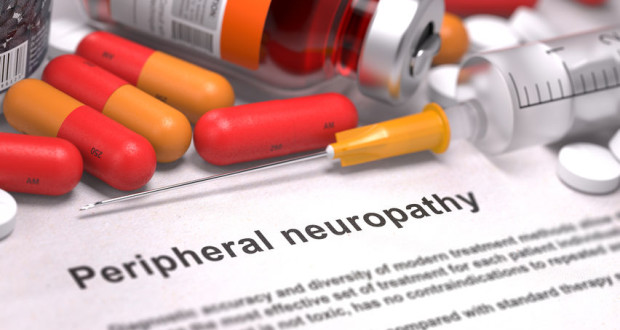Ever wonder how the brain communicates with the rest of the body? The answer to that question largely involves the peripheral nervous system (PNS), which links both the brain and spinal cord to the body’s extremities. Given the importance of this network of nerves, the development of peripheral neuropathy can have serious consequences for the body.
Different Nerve, Different Role
In a nutshell, peripheral neuropathy occurs when the nerves of the peripheral system are damaged, preventing them from properly communicating with the brain. The nerves that transports this crucial data are organized into three categories:
Sensory Nerves ‒ Sensory nerves are tasked with providing the spinal cord and brain with data gathered by sensory receptors in the skin. The data they carry allows us to feel temperatures, vibrations, pain and the texture of various objects.
Motor nerves ‒ The motor nerves allow the brain to move the body’s muscles in various directions.
Autonomic nerves ‒ Through the day, the body carries out numerous tasks without us consciously thinking about them. The presence of autonomic allows the body to perform these actions, which include the digestion of food, the circulation of blood and maintaining the rhythm of the heart.
A Wide Range of Problems
Peripheral neuropathy can affect both the muscles and internal organs. Specifically, this condition can not only weaken muscles, but might also make them more difficult for the brain to control. The digestive system may likewise be affected; those with peripheral neuropathy can suffer from heartburn, difficulty swallowing, vomiting and irregular bowel movements.
People with peripheral neuropathy often suffer from pain and numbness. In many cases tingling/burning in the arms and legs are among the first symptoms to develop. The feet and legs can be stricken with intense pain, whereas the legs and arms might become numb. This loss of feeling could prove to be quite harmful; for example, numb extremities can prevent people from realizing that they have stepped on a sharp object, or have touched water that is especially hot or cold. Alternatively, the skin may become extremely sensitive to touch.
Other symptoms caused by peripheral neuropathy are shown below:
- Lightheadedness or even fainting after rising to a standing position
- Dizziness triggered by shifts in blood pressure
- Diminishing balance
- Loss of bladder control
- Excessive or insufficient sweating
- Problems related to sexual health; damaged nerves can prevent men from achieving erection, while women might develop vagial dryness or be unable to orgasm during sex.
Treatment Options
Unfortunately, there is no cure for peripheral neuropathy. Instead, doctors often use medications and/or therapies to curb the symptoms of this condition.
Medications: People with peripheral neuropathy often complain of painful arms, legs and feet. If the pain is mild enough, over-the-counter NSAIDs (nonsteroidal anti-inflammatory drugs) might be a practical option. Conversely, doctors may turn to prescription medications to combat more severe pain. Though they were originally designed to treat other health problems, certain antidepressants and anti-seizure drugs could also be used to address this symptom.
Therapies: There are multiple types of therapy that can help those with peripheral neuropathy, among them being transcutaneous electrical nerve stimulation (TENS). During TENS therapy, electric current is delivered to the nerve via electrodes attached to the skin. The way in which this therapy works is not exactly known; it could be that TENS prevents pain signals from reaching the brain.
A second therapeutic option is a combination of two procedures ‒ a plasma exchange and an intravenous immune globulin. During the former, blood is removed from the patient and cleared of antibodies and other proteins. The extracted blood sample is then returned back into the patient’s circulatory system. In contrast, immune globulin therapy involves adding proteins to the bloodstream. Finally, physical therapy could be used to remedy movement problems related to muscle weakness.
 Natural Knowledge 24/7 Educate yourself with nutrition, health and fitness knowledge.
Natural Knowledge 24/7 Educate yourself with nutrition, health and fitness knowledge.






